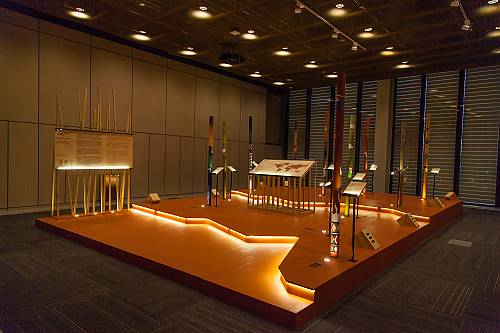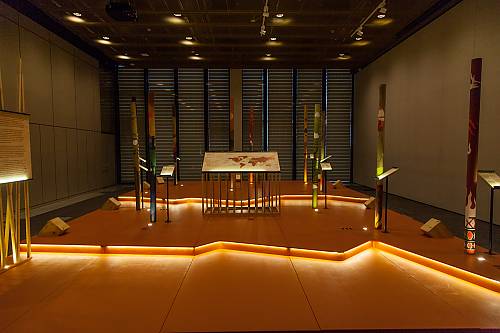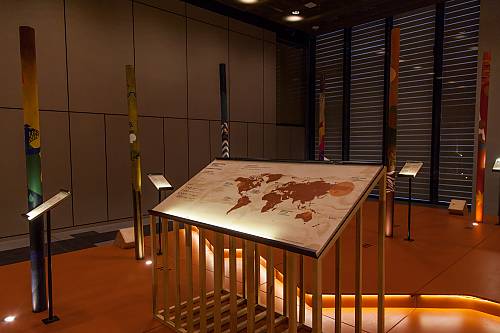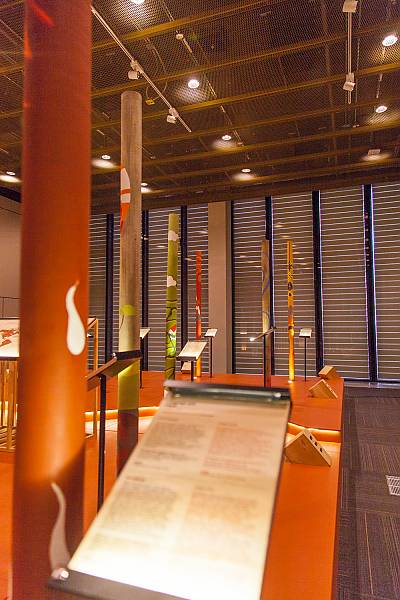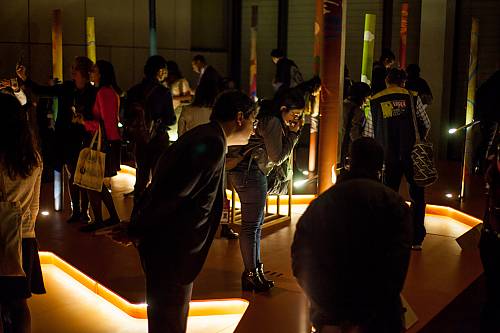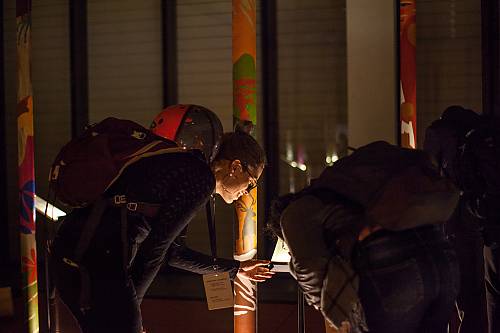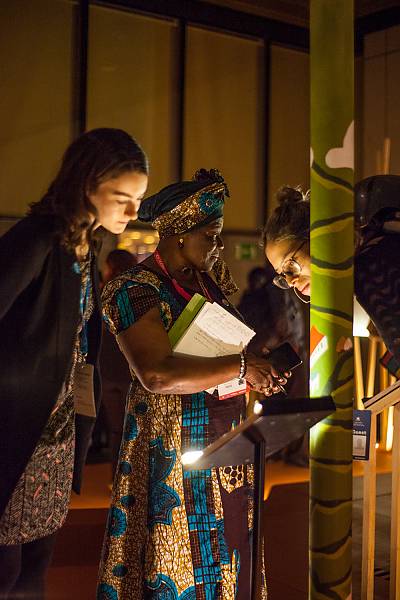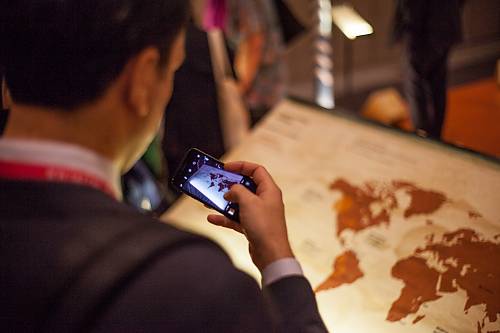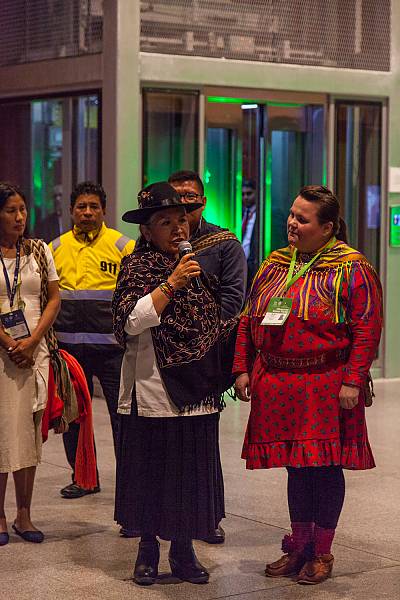Sounds of living heritage, a journey through indigenous languages
In 2019, in celebration of the International Year of Indigenous Languages, and in recognition of the importance of safeguarding the living heritage of indigenous peoples, UNESCO organized the sound exhibition ‘Sounds of living heritage, a journey through indigenous languages’ at the fourteenth session of the Intergovernmental Committee of the 2003 Convention (9-14 December 2019, Bogotá). The sound exhibition highlighted the interconnectedness of language with the cultural practices and expressions of indigenous communities around the world.
In its Preamble, the 2003 Convention for the Safeguarding of the Intangible Cultural Heritage recognizes that “communities, in particular indigenous communities, groups and, in some cases, individuals, play an important role in the production, safeguarding, maintenance and re-creation of the intangible cultural heritage”.
While the practice and transmission of living heritage contributes to the ongoing vitality, strength and well-being of indigenous communities, language is the principal vehicle through which such living heritage is kept alive. Indigenous knowledge, expressed through language, allows communities to communicate and transmit a myriad of practices and expressions across generations, thereby contributing to a sense of continuity, belonging and mutual understanding.
The gradual disappearance of indigenous languages threatens the continued practice and transmission of living heritage, invariably leading to the loss of vital social and cultural knowledge, and ultimately threatening the existence of the communities themselves. In this respect, the safeguarding of indigenous languages is vital in sustaining the well-being of these communities and maintaining the world’s cultural diversity.
